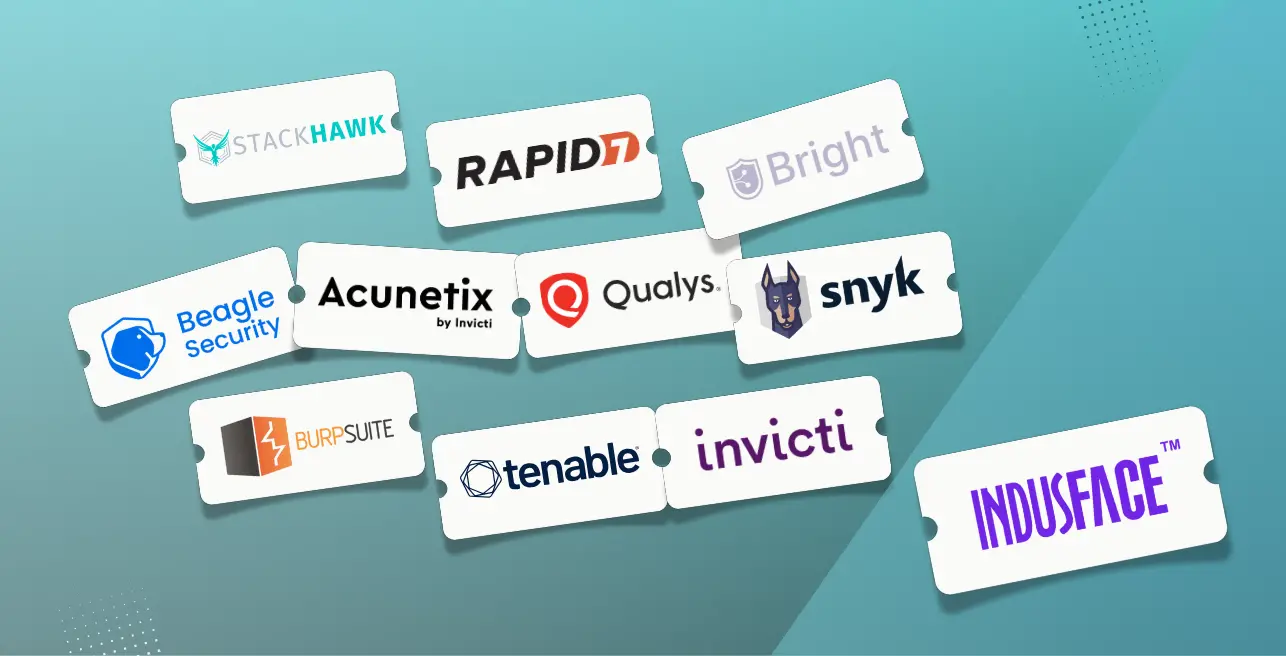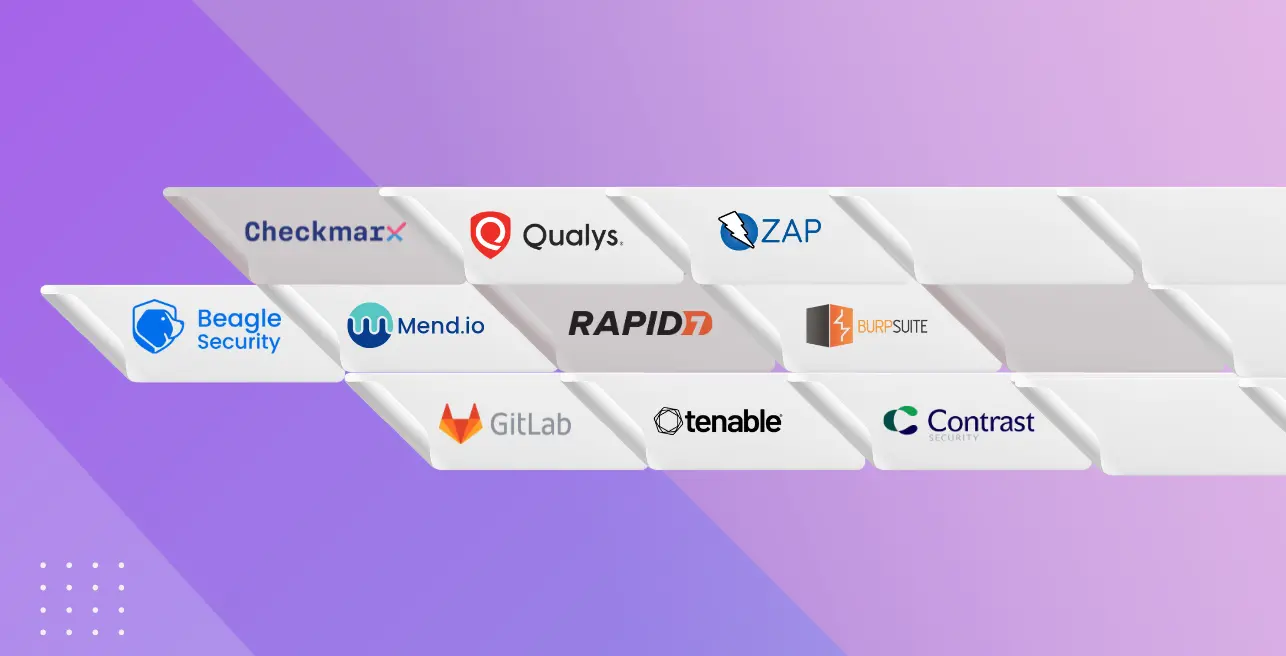
Executive summary
Third-party penetration testing has moved from being a compliance checkbox to a strategic necessity. With global cybercrime costs projected to hit $10.5 trillion by 2025, organizations cannot rely on reactive defenses alone. Studies show that for every $1 spent on penetration testing, businesses save up to $10 in potential breach costs, making it one of the most cost-effective cybersecurity investments.
This blog explores what third-party penetration testing is, why it matters, the different types of tests, how often they should be conducted, how to select a provider, and how to integrate results into a long-term security strategy.
What is third-party penetration testing?
Third-party penetration testing is a process where an external security provider simulates real-world cyberattacks to identify and exploit vulnerabilities in an organization’s systems. Unlike internal teams, third-party providers bring independence, objectivity, and specialized expertise that help uncover blind spots internal staff may overlook.
How it differs from internal testing
Independence: External testers operate free from organizational bias or politics.
Fresh perspective: Third-party experts often spot vulnerabilities internal staff normalize or miss.
Specialized expertise: External providers employ professionals certified in frameworks such as OSCP, CREST, and CISSP.
Objectivity: Reports from third parties are seen as more credible for compliance, insurance, and executive stakeholders.
Scope of testing
Third-party penetration testing typically includes:
Web applications, APIs, and mobile apps
Internal and external networks
Cloud environments
Social engineering scenarios (optional based on scope)
It generally excludes system patching or remediation, which remains the responsibility of the client’s IT/security teams.
Why use 3rd party penetration testing?
Third-party penetration testing delivers multiple strategic benefits that extend far beyond simple vulnerability discovery.
Customer trust
94% of organizations report that customers are less likely to buy from a company if its data security is questionable.
Regular third-party pentests show a demonstrated commitment to security, boosting reputation and protecting brand value.
Having verifiable test results provides a competitive edge in industries like finance and healthcare, where trust is critical.
Unbiased perspective
Independent testers offer objective assessments without influence from internal politics.
A fresh set of eyes uncovers overlooked vulnerabilities, configuration mistakes, and legacy risks.
Reports carry more weight with executives, regulators, and insurance providers due to impartiality.
Compliance and regulatory requirements
PCI DSS: Annual penetration tests required for payment data environments.
SOC 2: Auditors often expect penetration testing evidence for the security principle.
HIPAA: Healthcare organizations must validate safeguards against potential data breaches.
ISO 27001 and GDPR: Encourage or require penetration testing as part of risk assessments.
Meeting these obligations reduces legal liability and simplifies audits.
Risk reduction strategies
The average global breach cost in 2024 was $4.88 million, with healthcare and finance even higher.
Proactive testing detects and closes gaps before attackers exploit them.
Shorter breach lifecycles reduce costs by up to 23%, according to IBM research.
Investing in testing is significantly cheaper than recovering from a breach.
Resource efficiency
Building internal penetration testing teams is costly and time-consuming.
Third-party providers offer scalable expertise on demand.
Organizations gain access to specialized skills without the overhead of full-time hires.
What are the different types of third-party pentests?
Not all penetration tests are created equal. Depending on your objectives, the type of test chosen can significantly impact the insights gained. The three main categories, namely, black box, grey box, and white box penetration testing, each simulating different levels of attacker knowledge and access.
Selecting the right approach depends on whether you want to replicate an outsider’s first contact, validate insider threats, or stress-test applications at the code level. Many organisations adopt a blended approach, using multiple methods across their security lifecycle.
Black box pentest
Simulates an external attacker with zero prior knowledge
Tests perimeter security and external-facing defences
Advantages: Realistic, unbiased, effective for websites and APIs
Limitations: Time-intensive, may miss deep internal flaws
Best use cases: Initial assessments, compliance perimeter checks
Gray box pentest
Provides testers with limited information (credentials, diagrams)
Mirrors insider threats or attackers with partial access
Advantages: Efficient, balances realism with depth
Limitations: Must carefully define scope to avoid over-disclosure
Best use cases: Business-critical apps, hybrid risk validation
White box pentest
Testers have full system details (code, network maps, credentials)
Enables detailed code review and architecture analysis
Advantages: Most comprehensive coverage, rapid identification
Limitations: Less realistic for external attacker simulation
Best use cases: Enterprise apps, bespoke software, strict compliance
When and how often should you conduct third-party pentests?
Timing is critical in penetration testing. Too infrequent, and vulnerabilities may linger long enough for attackers to exploit them. Too frequent without proper scoping, and resources can be wasted without clear security gains. Organisations need a strategic cadence that reflects their risk profile, industry regulations, and operational realities.
Third-party penetration testing is most effective when integrated into a proactive security programme rather than treated as a one-off checkbox. The right schedule ensures continuous visibility of emerging threats while aligning with compliance requirements and business priorities.
Frequency recommendations
Annual testing as a baseline for most organisations
Quarterly testing for high-risk industries (finance, healthcare, critical infrastructure)
Continuous testing for DevSecOps pipelines and fast-changing environments
Regulatory timelines
PCI DSS: Annual testing + after major system changes
SOC 2: Risk-based, though annual testing is expected by auditors
ISO 27001: Regular testing as part of continuous improvement
HIPAA: Annual testing recommended, with new mandates emerging
Trigger events for testing
New system deployments or application launches
Cloud migrations or major infrastructure changes
Mergers and acquisitions requiring security due diligence
Post-incident validation to ensure no residual vulnerabilities remain
Seasonal considerations
Align with budget cycles for predictable investment
Schedule outside of peak business periods (e.g., retail holidays)
Use maintenance windows to minimise operational disruption.
How to choose the right third-party penetration testing provider?
Choosing a testing provider is just as important as deciding to conduct a penetration test in the first place. A poor choice can result in superficial assessments, missed vulnerabilities, and wasted investment. A strong provider, on the other hand, delivers actionable insights, compliance-ready reports, and clear remediation support.
The evaluation process should balance technical expertise with service quality, ensuring the provider is both capable and trustworthy. Organisations should also look out for red flags that may signal inadequate testing practices or hidden risks.
Proven track record
Certifications: OSCP, CREST, CISSP, CEH
Documented case studies and references in your industry
Sector-specific knowledge (finance, healthcare, SaaS)
Clear methodologies
Use of OWASP, PTES, NIST or other recognised frameworks
Detailed explanation of phases: scoping, testing, reporting
Balance of automated tools and manual validation
Transparent pricing and deliverables
Clear scope and cost upfront (fixed or time-based models)
Deliverables include executive summary + technical report + remediation guidance
Sample reports should be available before engagement
Questions to ask potential providers
What certifications do your testers hold?
Which testing frameworks guide your methodology?
How do you handle sensitive data and ensure confidentiality?
Do you provide remediation support and retesting?
Can you share references from similar industries?
Red flags to avoid
Extremely low pricing with no clear scope
Over-reliance on proprietary automated tools
Unverified certifications or refusal to share credentials
Poor communication during scoping or engagement
How to run a third-party pentest using the Beagle Security platform
Running a penetration test with Beagle Security is designed to be straightforward, flexible, and scalable. The platform accommodates different testing styles, black box or grey box, while automating complex workflows to save time and resources. Its strength lies in making penetration testing continuous and developer-friendly, ensuring results translate into meaningful security improvements.
Whether you’re simulating an outsider attack or validating authenticated user journeys, Beagle Security provides the tools, dashboards, and compliance reports needed to align technical results with business objectives.
Setup for black box pentest
Define the scope (URL, IP, or application).
Configure testing parameters and timelines.
Beagle simulates attacks with zero prior knowledge, replicating real-world hacker behavior.
Setup for gray box pentest
Provide limited credentials or session details.
Beagle safely handles authentication flows.
Expands scope to authenticated areas for deeper vulnerability discovery.
Key platform features
Business Logic Recorder: Captures multi-step workflows like checkout processes, enabling tests beyond simple endpoints.
Results dashboards: Show real-time progress, executive views for leadership, and technical details for engineers.
Compliance-ready reports: Map findings to OWASP Top 10, PCI DSS, SOC 2, and HIPAA frameworks.
Collaboration tools: Assign findings, track remediation, and integrate with CI/CD pipelines.
Beagle Security’s automation allows organizations to move from point-in-time assessments to continuous, scalable penetration testing.
Addressing common concerns about third-party pen testing
Data confidentiality
Providers must comply with SOC 2, ISO 27001 standards.
NDAs and legal agreements enforce confidentiality.
Secure handling, encryption, and post-test data destruction.
Business disruption concerns
Testing can be scheduled after hours or during maintenance windows.
Providers use non-disruptive techniques with clear stop procedures.
Ongoing communication ensures stakeholders stay informed.
Cost considerations
Breach costs average $4.88 million, while testing investments are far lower.
Many providers offer subscription models for predictability.
Insurance premiums can drop by 10–20% with regular pentesting.
Don’t just check the box
Testing should not be seen as a compliance exercise only.
Use results to strengthen processes, not just pass audits.
Continuous improvement delivers the highest ROI.
Integrating third-party pentest results into your security strategy
Interpreting test results
Evaluate findings by CVSS scores and business impact.
Validate false positives before remediation.
Contextualize risks based on asset criticality.
Prioritizing vulnerabilities
Rank based on exploitability and business impact.
Balance severity with resource availability.
Use a priority matrix to guide remediation timelines
Developing remediation plans
Coordinate fixes between security and development teams.
Allocate budget for critical fixes.
Validate remediations with follow-up tests.
Measuring improvement over time
Track KPIs such as mean time to remediate (MTTR).
Benchmark against peers and industry averages.
Identify recurring patterns and address root causes.
Final thoughts
Third-party penetration testing is no longer optional in 2025. It is a core security practice that helps organizations reduce risk, meet compliance obligations, protect customers, and maintain trust.
With the evolving threat landscape, such as AI-driven attacks, the growth of ransomware, and the increasing focus on API security, organizations must prioritize independent, expert-led testing.
Beagle Security enables teams to adopt continuous, automated penetration testing, bridging the gap between compliance requirements and real-world resilience.
The question for organizations today is not if they should conduct third-party penetration testing, but how quickly they can integrate it into their security strategy.
FAQ
1. How often should we conduct third-party penetration testing?
At a minimum, annually. For high-risk industries like healthcare and finance, quarterly testing is recommended. Additional tests should be run after major system changes or security incidents.
2. Why trust third-party penetration testing?
Third-party providers bring objectivity, certifications, and experience. Their independence ensures findings are unbiased and credible for auditors and executives.
3. How much does third-party penetration testing cost?
Costs vary by scope but typically range from $5,000 to $50,000 annually, which is a fraction of the average cost of a breach. Subscription models provide predictable budgeting.
4. Can third-party penetration testing help with compliance requirements?
Yes. Frameworks like PCI DSS, HIPAA, SOC 2, and ISO 27001 expect or encourage penetration testing. Reports from accredited providers help demonstrate compliance.
5. What is the difference between a vulnerability assessment and penetration testing?
Vulnerability assessment: Automated scans that list potential issues.
Penetration testing: Actively exploits vulnerabilities to demonstrate impact and prioritize fixes.

![Top AWS security tools by category [2025] Top AWS security tools by category [2025]](https://beaglesecurity.com/blog/images/top-aws-security-tools-by-category-840.webp)


![Top AppCheck alternatives [2025] Top AppCheck alternatives [2025]](https://beaglesecurity.com/blog/images/top-appcheck-alternatives-840.webp)






![Top cyber security companies in Canada [2025] Top cyber security companies in Canada [2025]](https://beaglesecurity.com/blog/images/top-cyber-security-companies-in-canada-840.webp)


